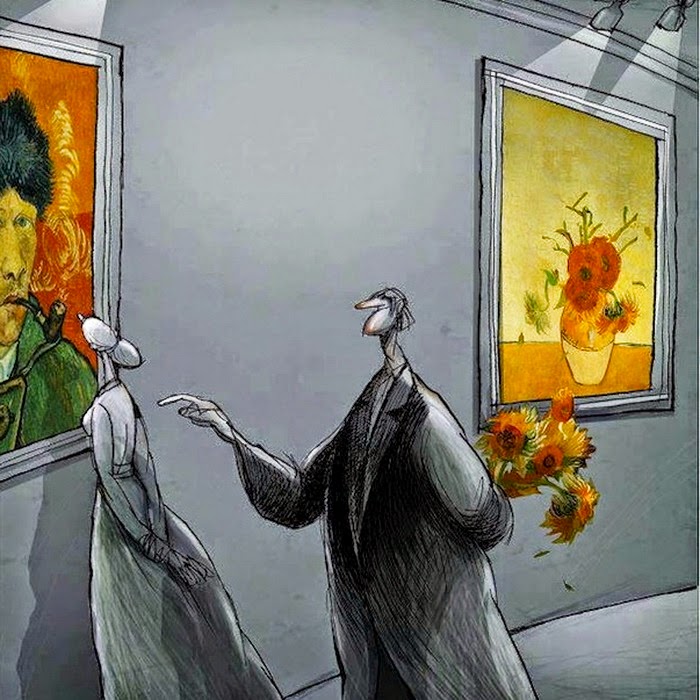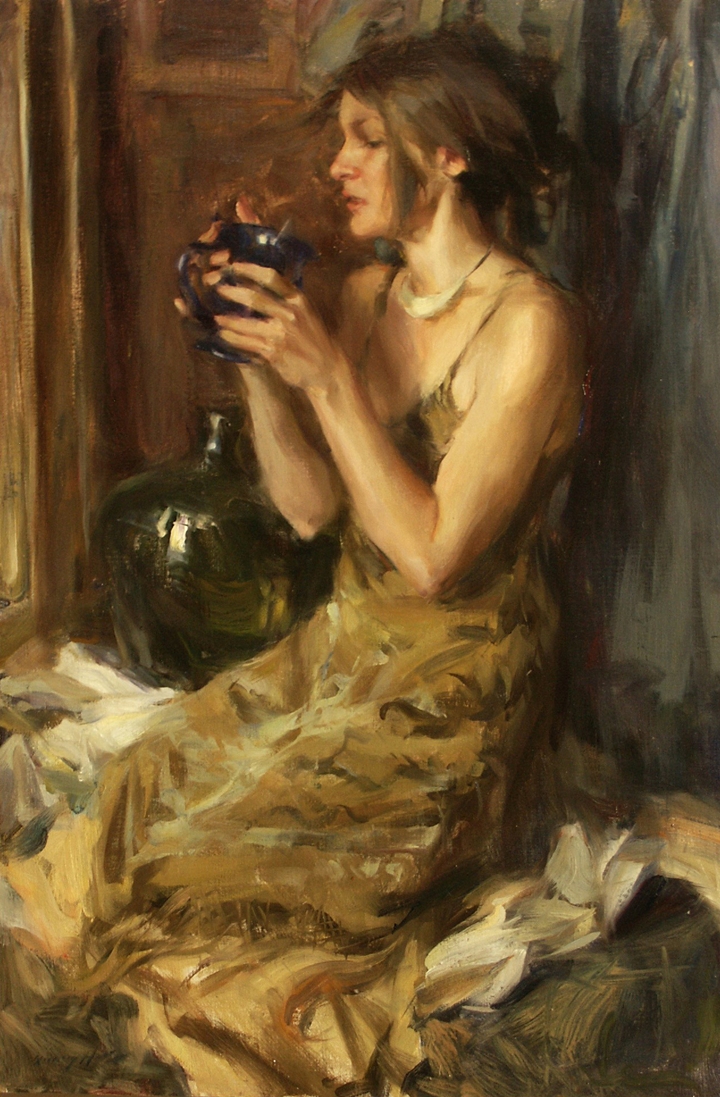The British painter Hamish Blakely explains: "Art in any form, in any media, can be so many things that it can be in danger of being too many.
It can be intellectual, conceptual and political, but I am steadfast in believing that Art is at its best when simply emotional. You see something and you are moved.
Before analysis or a full understanding, the viewer can just enjoy the emotional sensation".







.jpg)
.jpg)


.jpg)
.jpg)


.jpg)
.jpg)